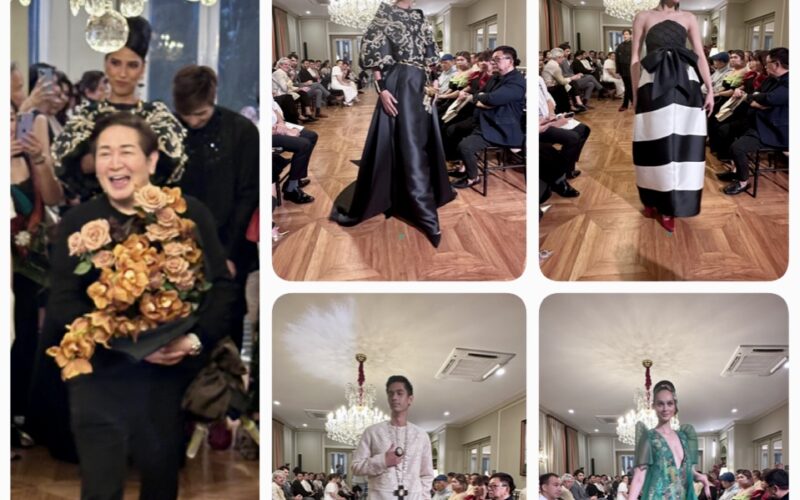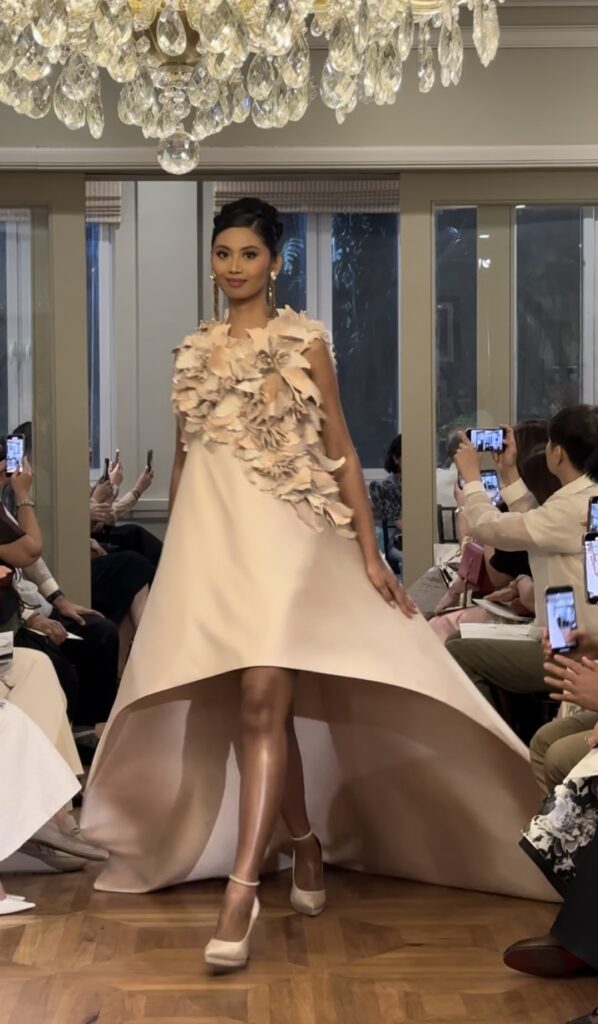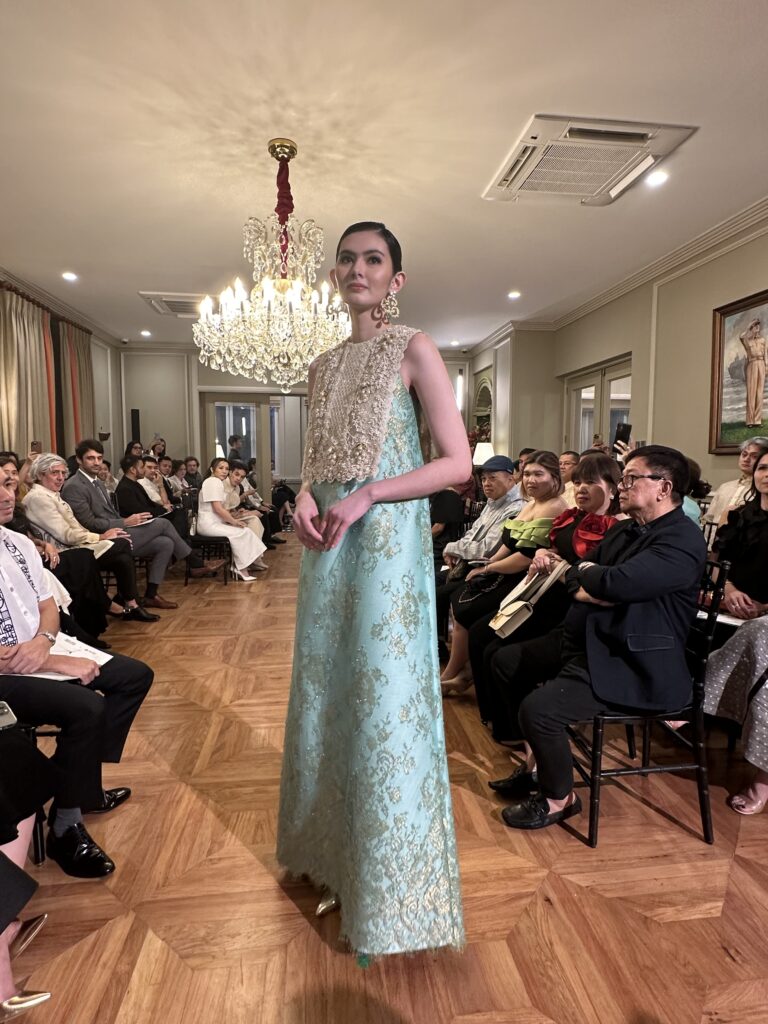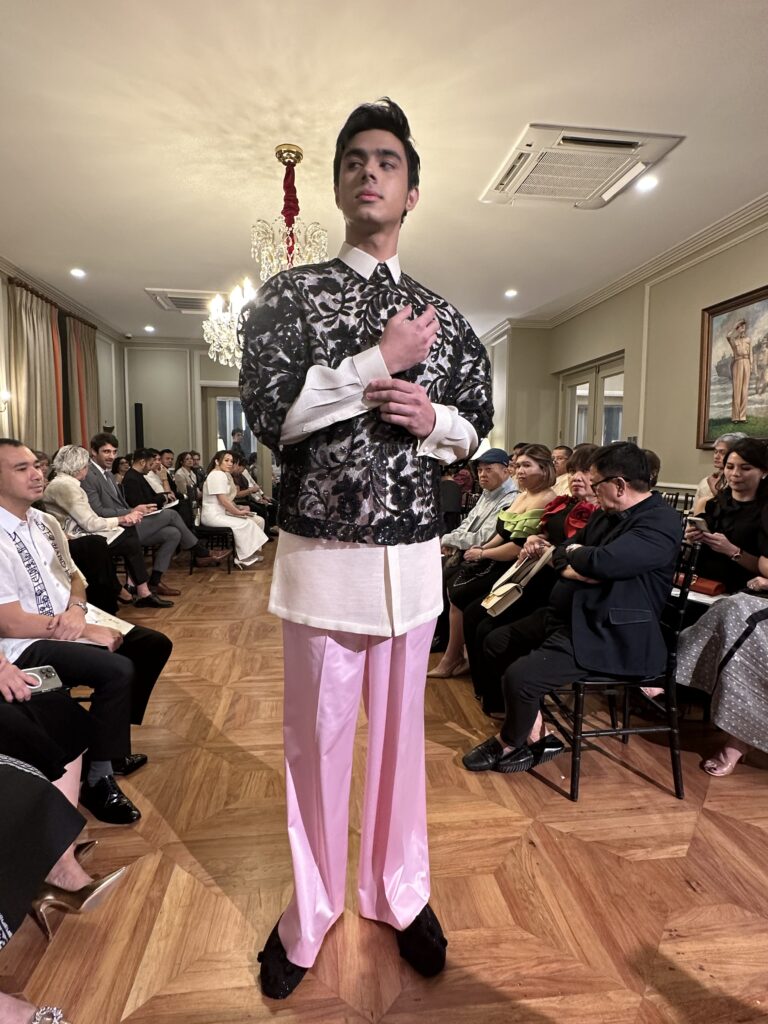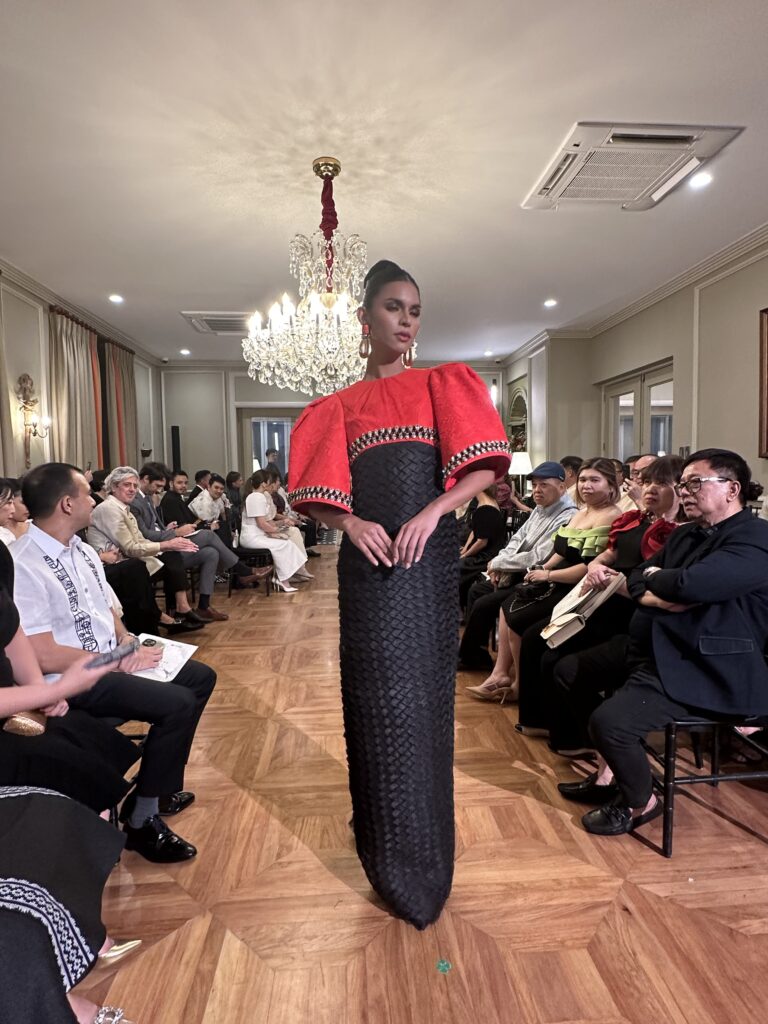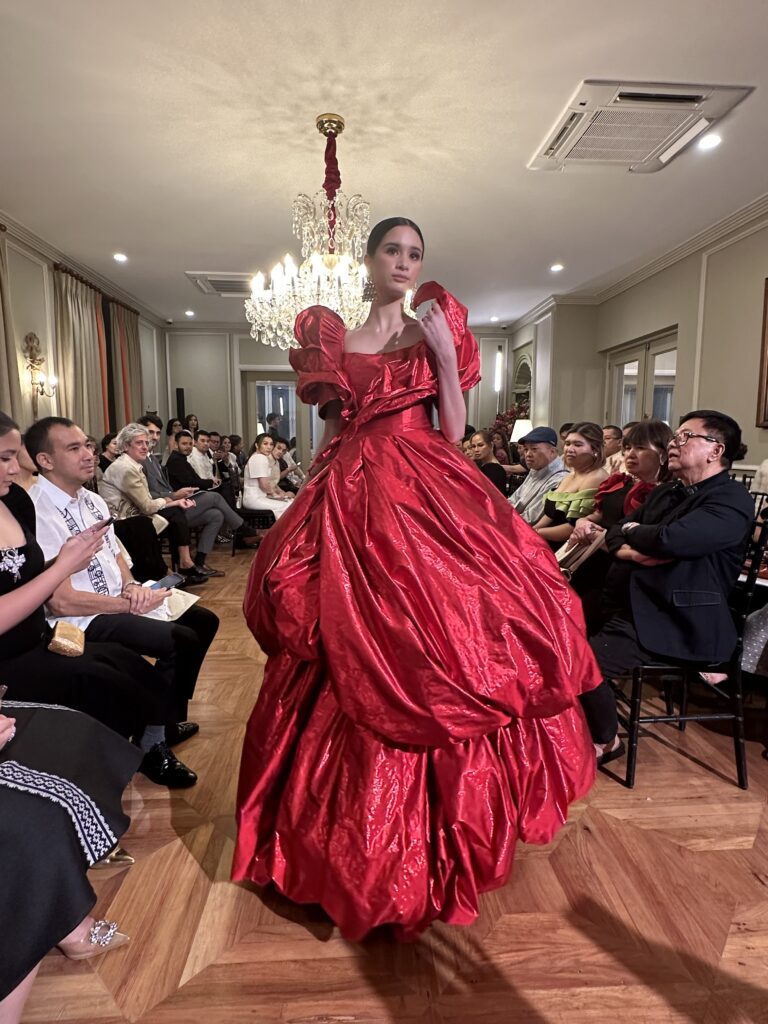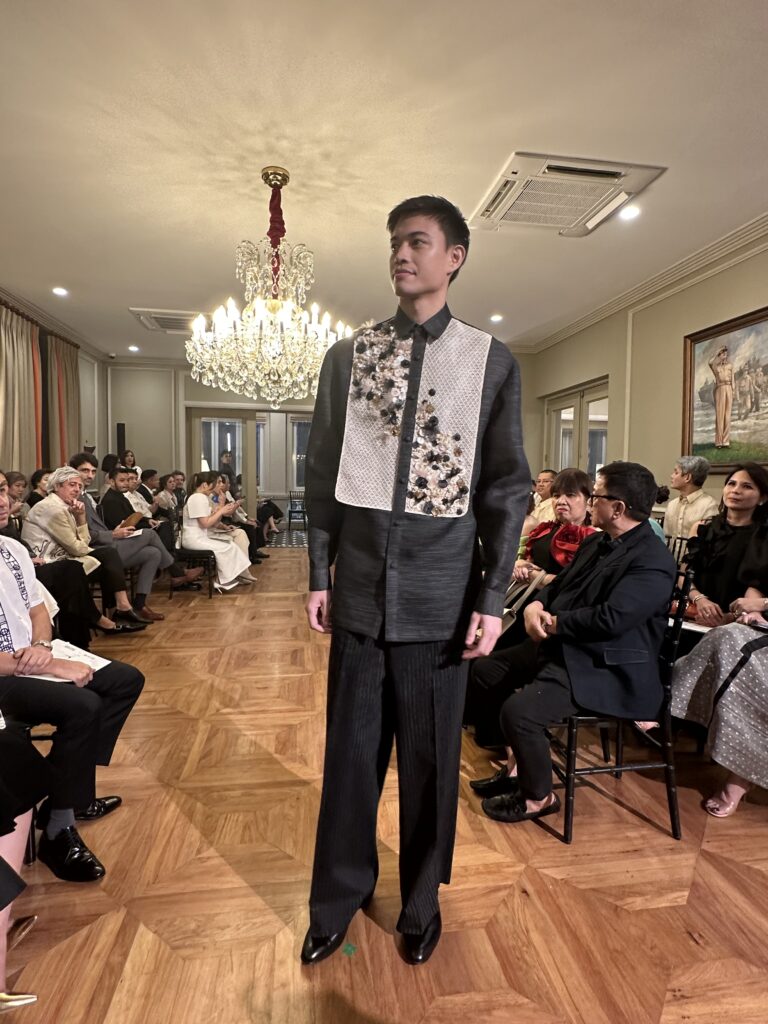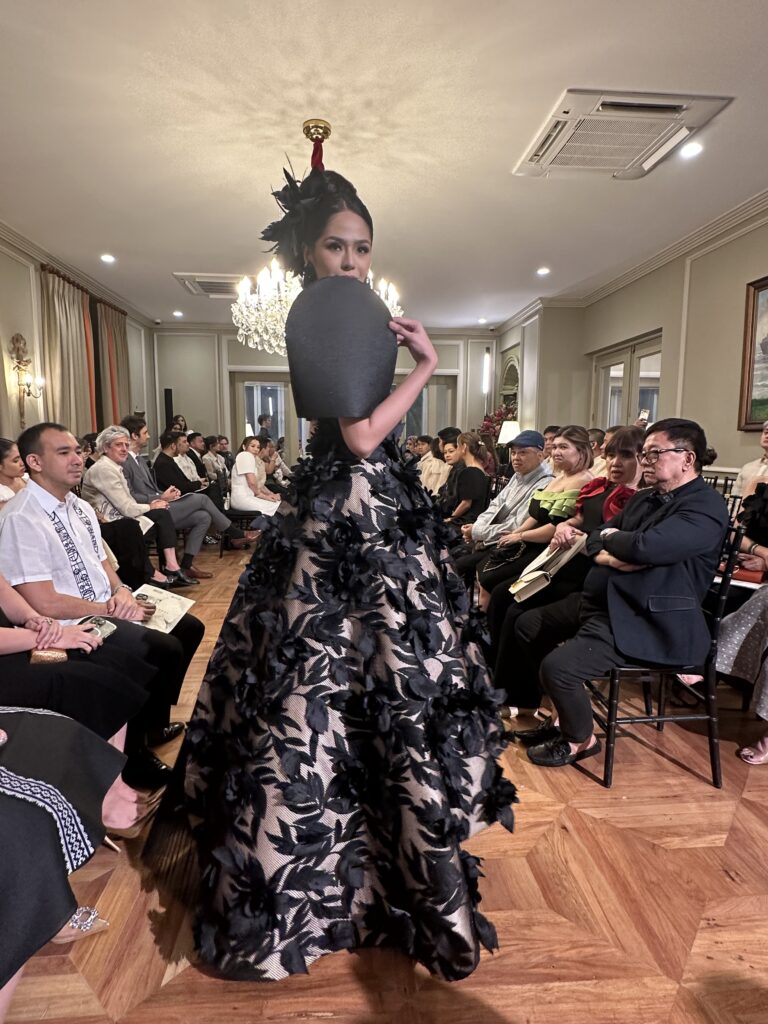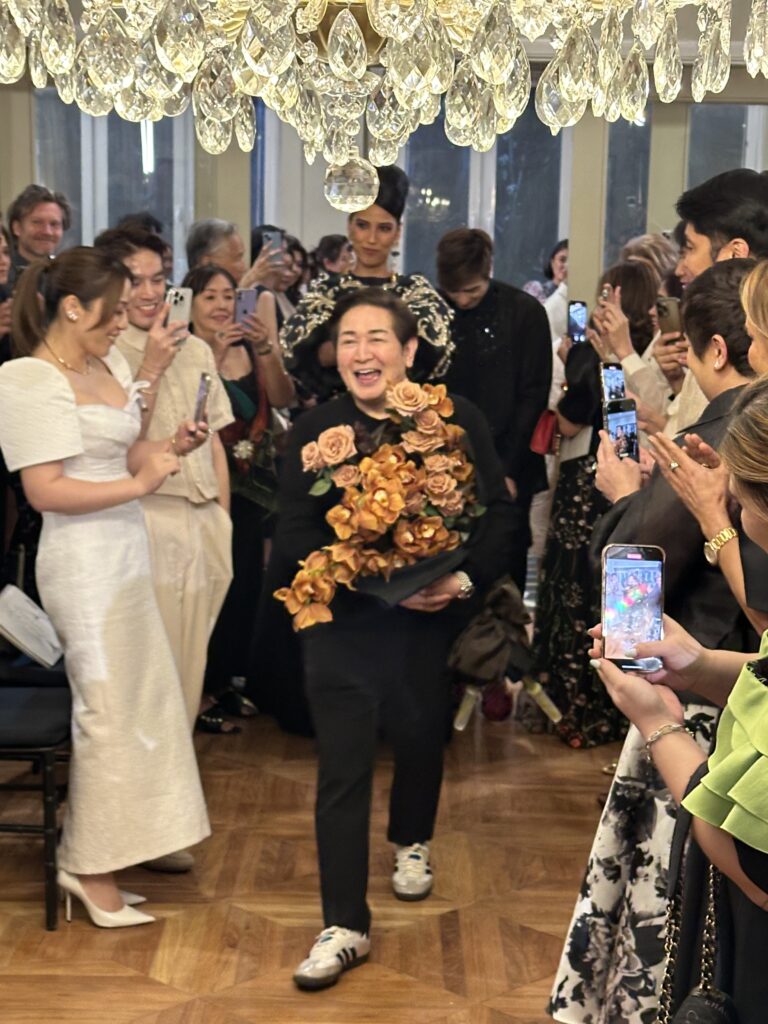What took one of the country’s most commercially successful made-to-order designers this long to stage his first-ever gala show consisting of 72 looks? It had everything to do with timing.
Text and photos by Alex Y. Vergara
More than a week on after Paul Cabral staged “Una,” his very first gala featuring 72 looks at the Laperal Mansion near Malacañang Palace, not a few people are still wondering why it took the veteran designer who began his career in the early 1990s this long to stage a show of this magnitude.
Well, wonder no more! It wasn’t because he didn’t have to, as Paul, with or without a gala show, has become the constant go-to designer of both showbiz denizens and movers and shakers in business and politics. As the designer shared in an exclusive interview with PeopleAsia, it was simply a matter of timing and logistics.
Drawing and mixing and matching influences from the 1950s, late 1970s, and early to mid 1980s, and giving them their own take, Paul was able to produce updated yet classic looks that appeal to his core clientele consisting of more mature and established women.
Also known for his impeccable men’s barong made mostly of piña and embellished with callado embroidery, the designer reinvented this Filipiniana staple, producing separates for men and women that teem with a youngish resort feel.
“I can’t do anything half-heartedly and hope that the results would be great,” Paul, who has staged smaller shows, particularly bridal-themed endeavors, in the past, said in a mix of Filipino and English. “In everything I do, I have to give it my all. Every designer who has done a gala knows how painstaking and time-consuming it is. To prepare for this show, for instance, I had to close my shop for one year and eight months. I didn’t receive new clients because I didn’t want them and my show to suffer.”
He also brushed aside speculations that he was prevailed upon by First Lady Liza Araneta-Marcos to once and for all stage a gala. “She is far from pushy,” Paul attested. “In fact, she’s very nice. I felt it was high time to stage a gala as a way of supporting her in her advocacy to promote Philippine fashion.”
Paul didn’t waste the opportunity to highlight his own advocacy of combining locally sourced fabrics like piña seda and piña suksok, as well as the wealth of embroidery and hand-weaving certain provinces are known for with imported fabrics.
And judging from the results, it was well worth the wait and opportunity cost for the designer. Among the pieces he’s most proud of are his opening piece, a neutral trapeze dress with an uneven hemline made of Japanese Mikado, and green column with a callado-style embroidered bib.
“There were no seams on the side,” he says proudly, referring to the green number. “The seams are confined to the back. To achieve this, everything was done by hand.”
As for his cut-on-the-bias Japanese Mikado piece, Paul had to constantly go back to the drawing board until he was fully satisfied with the results. “Japanese Mikado is not the lightest and most supple of fabric, but I wanted the look and feel it gave my dress. At the same time, I wanted the dress to appear light at a feather. So, I had to reconcile the by cutting the fabric right. And I had to do it several times to achieve it.”
The designer then embellished the A-line dress with a bouquet of asymmetrical laser-cut fabric made to resemble leaves on the upper bodice.
For his other standout pieces, he also used a bit of chiffon and taffeta, as well as locally woven fabrics sourced from various parts of the Philippines.
Since it took him this long to stage a gala, Paul thought that he might as well go all-out. His models, consisting of a good number of men, only had one turn each to do the ramp. If we do the math, 72 looks equated to 72 models.
“And each model wore their own pair of matching shoes,” said Paul. “Walang ulitan (no repeats), walang hiraman (no borrowing). I happy at the results. Lizzie and Maricris Zobel, for instance, were awed by what they saw.”
Perhaps like many in Paul Cabral’s audience, they never thought that such treatments using certain fabrics can never be done. Well, Paul just did it. And he might, do it again soon.

